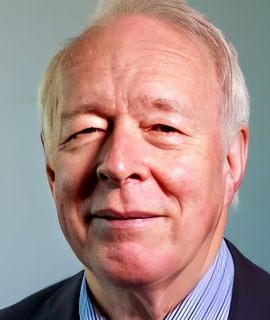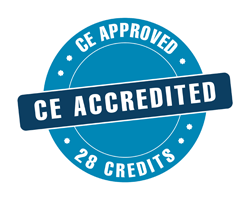Oral Radiology
Oral radiology is an area of dental science that deals with taking and interpreting radiographic images of the patient’s oral and jaw structures. It involves exposing the patient to a minimal amount of radiation in order to produce images of the teeth, surrounding bone, soft tissues, and other structures. Radiographs (X-rays) are then viewed by a dentist on a computer monitor in order to diagnose any abnormalities, disease or abnormalities, or evaluate the progress of treatments. Oral radiographs are an important tool for detecting dental and oral diseases, infections, and abnormalities in patients before they get worse. They help dentists see the hidden structure of teeth and gums, such as cavities, bone loss, and impacted teeth. Without these important diagnostic tools, it is very difficult to diagnose many dental issues accurately and quickly. Oral radiology also plays a valuable role in the planning of restorative and reconstructive treatment procedures. Radiographs help the dentist to understand the exact structure of the teeth and their supporting bones, as well as the surrounding soft tissues. This knowledge is extremely important when it comes to planning exact treatment plans, thereby improving the accuracy and success of treatments. Oral radiography is a safe and painless procedure that involves exposing the patient to a minimal amount of radiation. This radiation is highly regulated and monitored and it is clinically proven to cause very little or no risk to the patient’s health. Additionally, dentists are able to control the amount of radiation exposure during each radiographic procedure, in order to maximize safety. Oral radiography is an invaluable tool for diagnostics and treatment planning, as it provides dentists with a comprehensive understanding of the oral and jaw structures. It is safe, minimally invasive, and carries little or no risk to the patient. Therefore, if a dentist suspects any oral problems or abnormalities, they may recommend getting radiographs to fully understand the problem and develop the best possible treatment plan.

David Geoffrey Gillam
Queen Mary University of London, United Kingdom
Christopher Turner
Spacemark Dental, United Kingdom




Title : Evaluating hygienist follow up for head and neck oncology patients in secondary care: Results from a two cycle audit
Peter Basta, Newcastle Dental Hospital, United Kingdom
Title : Atypical facial pain unravelled
Christopher Turner, Spacemark Dental, United Kingdom
Title : New treatment of temporomandibular disorder through muscle balance and muscle regeneration by activation of quiescent muscle stem cells( satellite cells) with mitochondrial dynamics
Ki Ji Lee, National Reserach Foundation & Busan Medical University, Korea, Republic of
Title : Cutaneous, Cranial, skeletal and dental defects in patients with Goltz syndrome
Ali Al Kaissi, National Ilizarov Medical Research Center for Traumatology and Orthopaedics, Russian Federation
Title : The nature and management of dental erosion in patients with bulimia nervosa
Maya Fahy, The Royal Victoria, School of Dentistry, United Kingdom
Title : A systematic review on the early detection of oral cancer using artificial intelligence and electronic tongue technology
Maryam, Kardan Dental Clinic, Iran (Islamic Republic of)